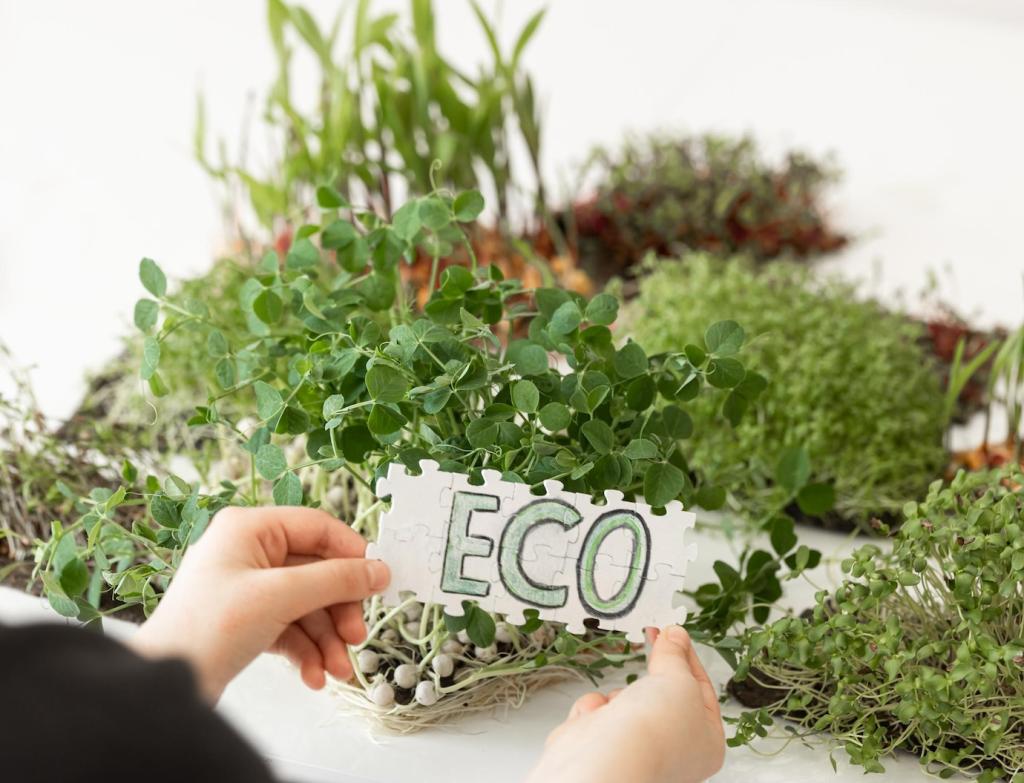Storytelling Techniques for Environmental Content
Narrative Arcs That Turn Concern into Action
The Hero’s Journey for River Restoration
Center a relatable protagonist—a volunteer testing water before work, a teen mapping litter hotspots, a farmer rewilding a stream bank. Show their call to adventure, helpers, setbacks, and small victories. Share your local hero in the comments and what challenge they overcame first.
Three-Act Climate Story: Setup, Struggle, Resolution
Start with a place people love, introduce a rising tension—flood seasons shifting, fish runs thinning—then offer a credible resolution pathway. Close with one next step the audience can take today. Post your three sentences per act and we’ll feature standout drafts.
Problem–Agitate–Solve Without Doom
Name the issue clearly, deepen emotional stakes with lived detail, then pivot fast to agency. Replace despair with doable actions and social proof. Try writing one PAS paragraph about energy efficiency and tag us; we’ll respond with line-level feedback.
Characters and Voice: Who Speaks for Nature?
Cast a fisher who knows tides by scent, an elder remembering cooler nights, a school gardener counting pollinators. Specific lives make big issues intimate. Introduce your protagonist in three vivid lines and invite readers to follow their journey by subscribing.
Blend scientists’ clarity, community wisdom, and youth urgency. Let quotes harmonize rather than compete, and credit sources transparently. Share a draft interview question set below; the community will suggest follow-ups that reveal texture without theatrics.
Secure informed consent, verify claims, and avoid stereotypes—especially with Indigenous knowledge and frontline stories. Protect sensitive locations for species safety. Comment with your ethical checklist; we’ll compile a shared template and update it with reader suggestions.


Turning Data into Drama—Without Bending the Truth
Pair a metric with a moment: energy saved equals a neighborhood’s lights during dinner; restored wetland equals classrooms of breathable air. Ask, who feels this change first? Share one metric you use and we’ll brainstorm narrative bridges together.
Turning Data into Drama—Without Bending the Truth
Turn abstract trends into images: a glacier becomes a memory album flipping faster; a city tree rings like a slow drum of heat. Avoid jargon; define terms in a friendly aside. Post your favorite metaphor and credit your inspiration.


Scene Crafting and Sensory Detail
Write dawn in the mangroves: soft mud, fiddler crabs, the tang of salt. When a plastic bag snags a root, the disruption is felt, not lectured. Try a five-sense paragraph and share it to inspire other readers’ openings.
Scene Crafting and Sensory Detail
Contrast a night alive with frog chorus to a quiet ditch after a drought. Even subtle sounds—wind through reeds, a heron’s wingbeat—signal change. Record thirty seconds of your local soundscape and link it in the comments for feedback.
Emotion, Hope, and Behavior Change
Tell a coastal village’s turtle comeback sparked by a grandmother’s lullaby about moonlit beaches and care. Hope emerges from credible plans and shared effort. Share a micro-win from your community; we’ll spotlight it to seed more momentum.

Formats and Channels: Choose the Right Container
Open Reels or TikToks with a surprising image—seed bombs blooming in a sidewalk crack—then land one human insight. Add a caption that points to credible resources. Share your opening three seconds; we’ll suggest alt hooks to test.
Structure feature pieces with purposeful beats, chapter breaks, and cliffhangers that respect the reader. Blend field notes, interviews, and small, tactile details. Drop your working outline and ask the community where tension might sag.
Invite readers to pin tree shade gaps, favorite bird spots, or safe bike routes. User input becomes plot. Offer guidelines for data quality and consent. Ask readers to join the next mapping sprint by subscribing for the toolkit.

